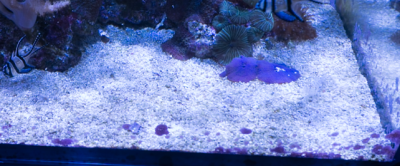- Joined
- May 19, 2016
- Messages
- 129
- Reaction score
- 111
I suppose I will try the silicate method then...seeing I already apparently have some diatoms in the mix, perhaps fueling them will get things moving faster than bacteria. I still think I would prefer to switch to the bacteria method AFTER, so that nothing else can establish itself afterwards though....
That sound like a reasonable approach?
That sound like a reasonable approach?



















